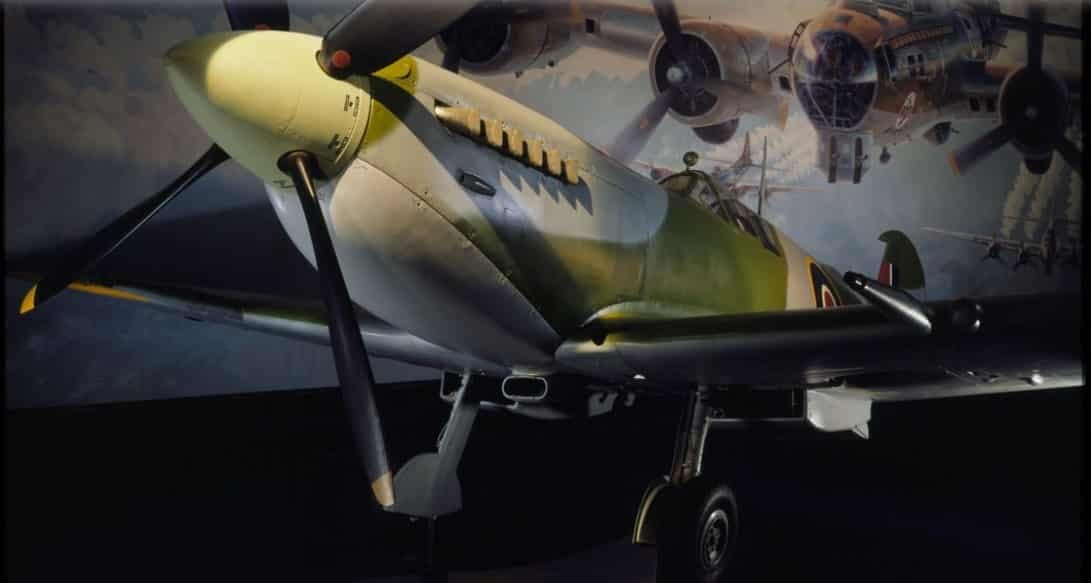
by David Kindy/Smithsonianmag.com
Flight Lieutenant Robert Stanford Tuck of the Royal Air Force was closing in on his quarry. He had just shot down one Messerschmitt Bf 110 and then narrowly avoided a collision with another of the twin-engine fighters over the coast of Dunkirk in the spring of 1940.
That aircraft dived toward the ground, then leveled off at treetop level. Tuck, flying a Supermarine Spitfire, gave chase, trying to stay close to the evasive enemy plane. As he lined up the target in his sights, alarm bells went off in his head. Something didn’t look right.
Up ahead, Tuck spotted the problem: he was flying directly toward electrical wires. With lightning reflexes, he pulled up on his controls. The lithe and agile Spitfire responded instantly and Tuck narrowly avoided the death trap.
The RAF pilot then regained his composure, throttled up his powerful Rolls Royce PV-12 engine—known as the Merlin—and zoomed back on the tail of the Bf 110. He pulled the trigger and sent a short burst from his eight .303 Browning Mk II machineguns into the German fighter, causing it to crash.

Carol graduated from Riverside White Cross School of Nursing in Columbus, Ohio and received her diploma as a registered nurse. She attended Bowling Green State University where she received a Bachelor of Arts Degree in History and Literature. She attended the University of Toledo, College of Nursing, and received a Master’s of Nursing Science Degree as an Educator.
She has traveled extensively, is a photographer, and writes on medical issues. Carol has three children RJ, Katherine, and Stephen – one daughter-in-law; Katie – two granddaughters; Isabella Marianna and Zoe Olivia – and one grandson, Alexander Paul. She also shares her life with her husband Gordon Duff, many cats, and two rescues.
ATTENTION READERS
We See The World From All Sides and Want YOU To Be Fully InformedIn fact, intentional disinformation is a disgraceful scourge in media today. So to assuage any possible errant incorrect information posted herein, we strongly encourage you to seek corroboration from other non-VT sources before forming an educated opinion.
About VT - Policies & Disclosures - Comment Policy



